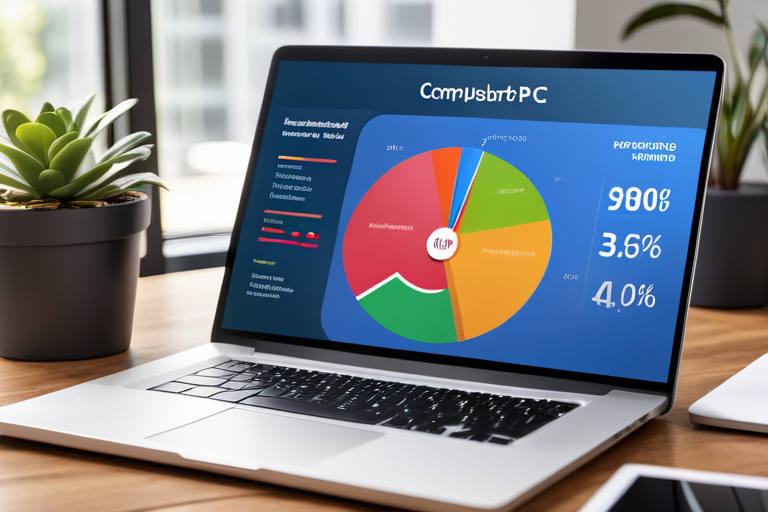Optimizing Paid Search Ads with Semrush Tools

Setting Up Your Project
To begin optimizing your paid search ads using Semrush, the first step is to set up a project. This involves entering your domain name and clicking “Set up” in the PPC Keyword Tool. This initial setup is crucial as it lays the foundation for your entire campaign, allowing you to understand your current standing and identify areas for improvement.
Importing Keywords
Next, you’ll need to import relevant keywords. This can be done manually by entering your keywords, or you can utilize Semrush’s database to find suitable options. Additionally, you have the option to import from a file if you’ve already conducted keyword research externally. The goal here is to compile a comprehensive list of keywords that are both relevant to your business and likely to be searched by your target audience.
Forecasting Potential Results
Before launching your campaign, it’s wise to forecast potential results. This involves using historical data and industry benchmarks to estimate the outcomes of your paid search ads. By analyzing how similar campaigns have performed in the past, you can set realistic expectations for your own campaign’s success. This step is essential for managing expectations and planning your budget.
Keyword Matching Strategies
When it comes to running your ads, it’s important not to rely solely on broad match keywords. While these can help increase your ad’s visibility, they often lack the precision needed to really drive conversions. Instead, mix exact and phrase matches into your strategy. Exact matches are highly targeted and tend to have higher conversion rates because they’re so specific, while phrase matches offer a bit more flexibility, allowing for close variations of the keyword to trigger your ad. This balance between reach and relevance is key to optimizing the performance of your paid search ads.
Focusing on Outcomes
A critical aspect of any PPC campaign is setting clear goals for what you want to achieve. Are you looking to drive sales, generate leads, or perhaps build brand awareness? Whatever your objective, focusing on outcomes rather than activities will help you stay aligned with what really matters - the results your campaign drives. This mindset shift from activity-based to outcome-based management ensures that every decision, from keyword selection to budget allocation, is made with the end goal in mind.
Calculating the Conversion Rate Required
To ensure your campaign is profitable, calculating the conversion rate required is a must. This involves understanding the cost per acquisition (CPA) you can afford and then working backward to determine the minimum conversion rate needed to break even or turn a profit. For example, if your average order value is $100 and you’re willing to spend $20 per acquisition, you’d need at least a 5% conversion rate ($100 / $20 = 5). This calculation helps in setting realistic targets and adjusting your campaign settings accordingly.
Optimizing with Semrush Tools
Finally, optimizing your paid search ads with Semrush tools can significantly refine your campaigns. By leveraging Advertising Research and Keyword Magic Tool, you can uncover new opportunities and refine your keyword lists based on real data. Combining these tools with a developed understanding of SEO principles allows for a holistic approach to campaign optimization, where every element from ad copy to landing page is aligned towards driving measurable outcomes. Regular monitoring and adjustment are key to continually improving your campaign’s performance and ensuring that it remains aligned with your business objectives.
Practical Advice and Examples
For instance, if you’re running a campaign for an e-commerce site, using exact matches for product names and phrase matches for long-tail keywords (e.g., “product reviews”) can help target both direct buyers and researchers. Utilizing Semrush’s competitor analysis tools can also reveal gaps in the market that your competitors are missing, allowing you to carve out a unique niche for your campaign.
By implementing these strategies and continually monitoring your campaign’s performance, you’ll be well on your way to crafting a paid search strategy that not only drives traffic but converts visitors into customers. The key is staying focused on outcomes, continually optimizing based on data, and leveraging the full potential of tools like Semrush to guide your decisions.

 Never miss an update from us, subscribe to our newsletter
Never miss an update from us, subscribe to our newsletter